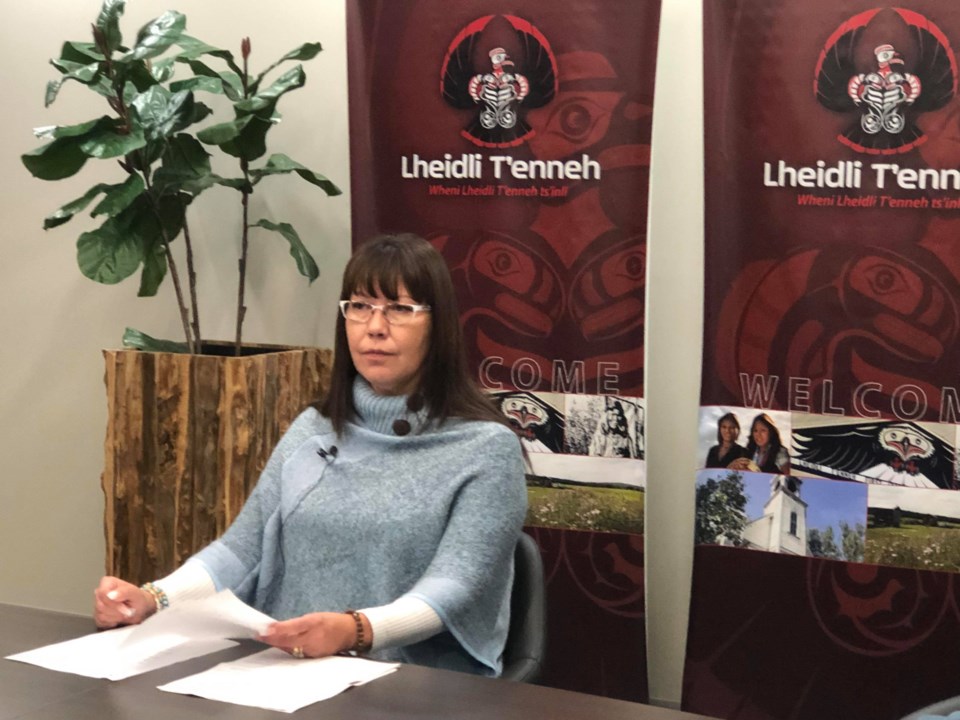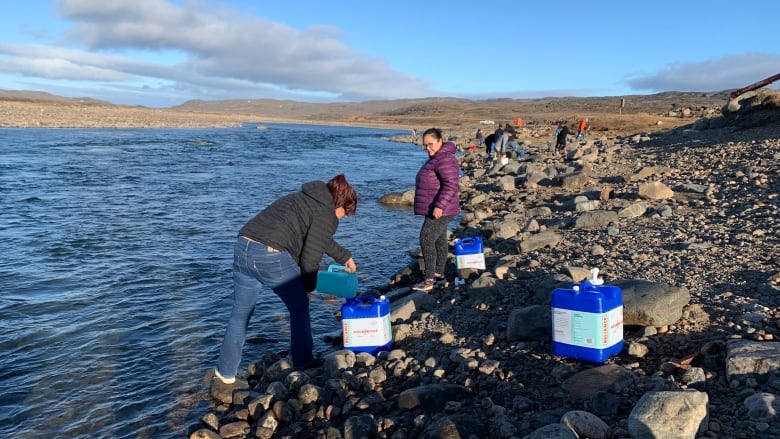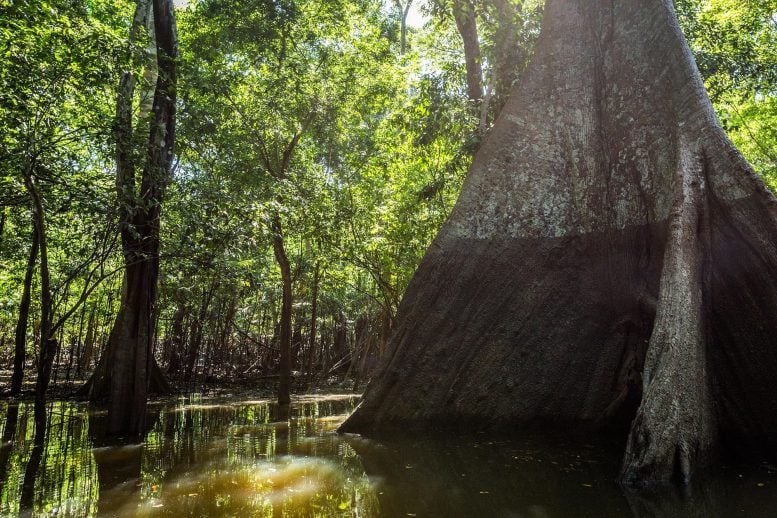Women executed 300 years ago as witches in Scotland set to receive pardons
Three centuries after repeal of Witchcraft Act thousands tried as witches could get official apologies

Caroline Davies
Sun 19 Dec 2021
From allegations of cursing the king’s ships, to shape-shifting into animals and birds, or dancing with the devil, a satanic panic in early modern Scotland meant that thousands of women were accused of witchcraft in the 16th-18th centuries with many executed.
Now, three centuries after the Witchcraft Act was repealed, campaigners are on course to win pardons and official apologies for the estimated 3,837 people – 84% of whom were women – tried as witches, of which two-thirds were executed and burned.
After a two-year campaign by the Witches of Scotland group, a member’s bill in the Scottish parliament has secured the support of Nicola Sturgeon’s administration to clear the names of those accused, the Sunday Times reported. The move follows a precedent by the Massachusetts House of Representatives in the US that proclaimed victims of the Salem witch trials innocent in 2001.
Scotland’s indefatigable pursuit of witches between 1563, when the Witchcraft Act was brought in, and 1736, when it was finally repealed, resulted in five “great Scottish witch-hunts” and a series of nationwide trials.

Why the witch-hunt victims of early modern Britain have come back to haunt us
The earliest witch-hunts were sanctioned by James VI of Scotland, later James I of England and Ireland, who believed witches plotted against his Danish bride by summoning up storms to sink his ships. Among those accused in 1590 was Geillis Duncan – whose character featured in the Outlander TV series – and who admitted under torture to meeting the devil to thwart the king’s ships.
Another, Agnes Sampson, had confessed that 200 women witnessed the devil preach at North Berwick on Halloween where the king’s destruction was plotted.
Other well-known cases include Lilias Adie, from Torryburn, Fife, who was accused of casting a spell to cause a neighbour’s hangover; while Issobell Young, executed at Edinburgh Castle in 1629, was said by a stable boy to have shape-shifted into an owl and accused of having a coven.
With witchcraft a capital crime, the convicted were usually strangled to death then burned at the stake so as to leave no body to bury. Many confessed under torture, which included sleep deprivation, the crushing and pulling out of fingernails, and pricking of the skin with needles and bodkins to see if the accused bled.
The Witches of Scotland website notes that signs associated with witchcraft – broomsticks, cauldrons, black cats and black pointed hats – were also associated with “alewives”, the name for women who brewed weak beer to combat poor water quality. The broomstick sign was to let people know beer was on sale, the cauldron to brew it, the cat to keep mice down, and the hat to distinguish them at market. Women were ousted from brewing and replaced by men once it became a profitable industry.
Claire Mitchell QC, who leads the Witches of Scotland campaign, said it was seeking pardons, apologies and a national monument to the mainly female victims of the witch-hunts. “Per capita, during the period between the 16th and 18th century, we [Scotland] executed five times as many people as elsewhere in Europe, the vast majority of them women,” she told the Sunday Times.
“To put that into perspective, in Salem 300 people were accused and 19 people were executed. We absolutely excelled at finding women to burn in Scotland. Those executed weren’t guilty, so they should be acquitted.”








